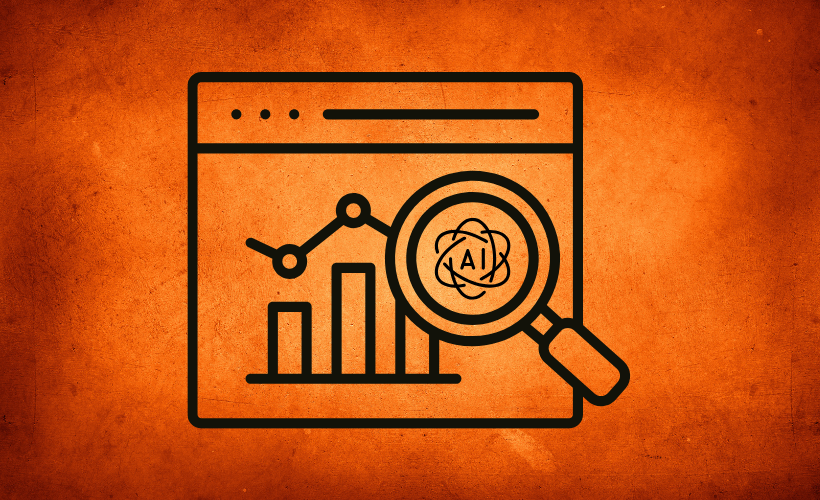People are no longer relying only on Google. AI chat tools like ChatGPT, Plexity, and Gemini are now where many go to find answers, products, and services.
Data shows that ChatGPT get 76.38% traffic from direct searches and 21.48% comes from organic searches.
And studies reveal Google is losing users. Marketers cannot ignore this major shift in search.
The good news is that AI tools are getting better at recommending businesses. If your brand is visible there, you can gain traffic and sales that others are losing.
Google isn’t staying quiet—it has added AI overviews and AI mode to search results. Even top-ranking sites now need AI visibility to stay competitive.
This is where AI search optimization comes in. If you can get these tools recommended to you, it’s a once-in-a-generation opportunity for growth.
So let’s get started,
What is AI search Optimization?
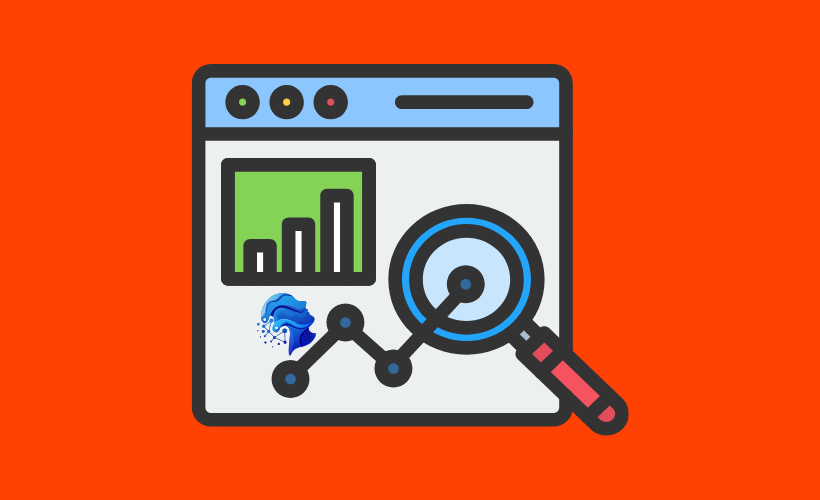
AI search optimization is about making your business visible inside AI tools like ChatGPT, Gemini, and Perplexity. Just like SEO transformed businesses in the 2000s, this new wave is reshaping how people find products and services through GEO.
For example, someone asks an AI Platform for the best local coffee shop. Instead of showing Google results, the AI can directly recommend a café.
If that’s your business, you’ve just won a customer without them ever opening Google.
That’s why being early matters. As users shift to AI search, the businesses that adapt will grow while others get left behind. And the best part, I’m here to help you get ahead.
How AI Search Optimization Works

AI search tools basically do a lot of web searching in the background to find the best answers. Different tools use different search indexes, and they summarize the results to give users a quick answer.
Here’s how some of the main platforms work:
i. Perplexity
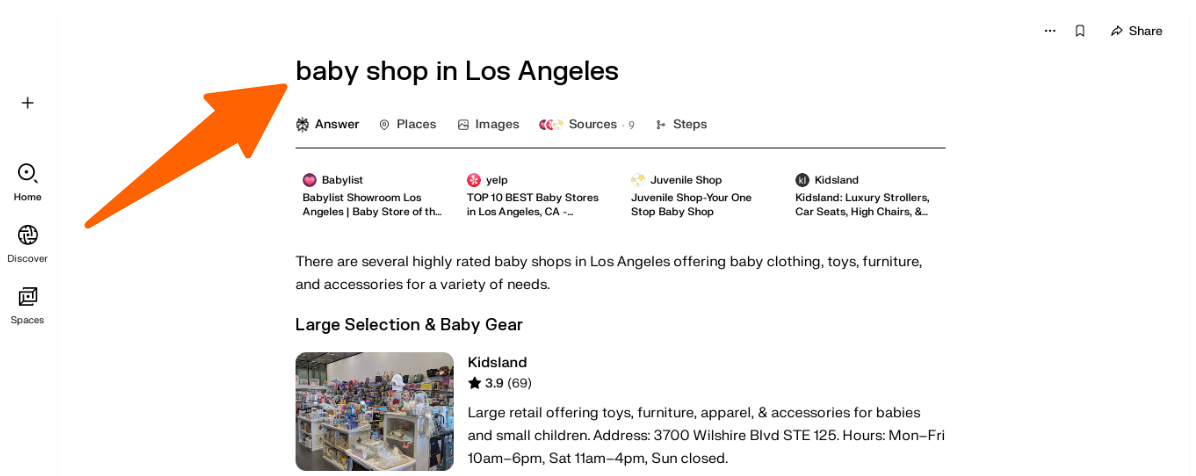
Perplexity works by running multiple web searches in the background and summarizing the results into a single answer for you. It doesn’t rely solely on Google but may use other search indexes or custom sources.
For example, if you search “baby shop in Los Angeles,” Perplexity looks through different local store websites and reviews to show you the top baby stores quickly.
You don’t get to see all the searches it runs anymore, but the sources it uses are usually optimized for clear, relevant results. This helps ensure the summaries are accurate and useful.
ii. ChatGPT
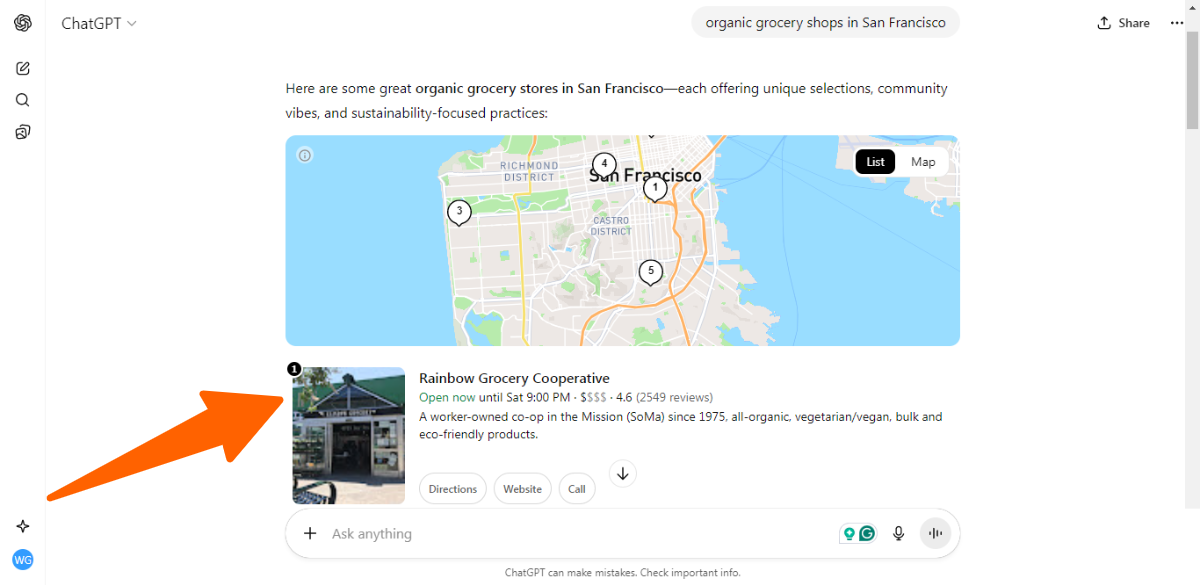
ChatGPT provides answers by combining information from a variety of sources it has learned, rather than performing live searches each time. It summarizes knowledge into easy-to-read responses for you.
For example, if you ask “organic grocery shops in San Francisco,” ChatGPT can give you a list of popular local stores based on its trained data and recent updates.
While you can’t see the exact sources, the tool focuses on reliable content and common recommendations. This makes it efficient for quick guidance without browsing multiple sites yourself.
iii. Gemini
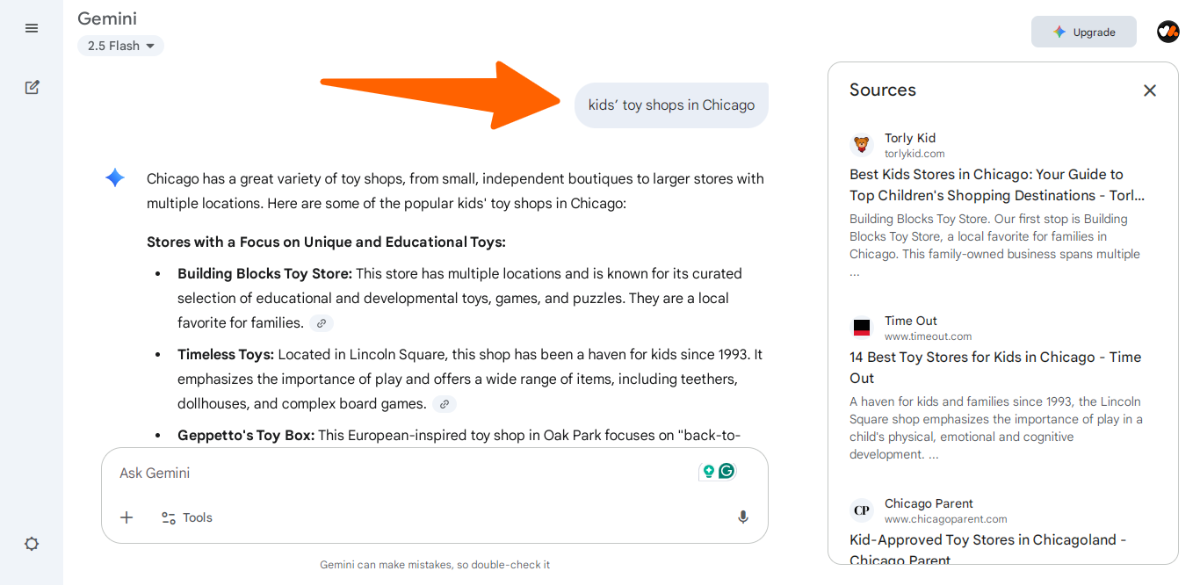
Gemini shows the keywords it searches for, though they may not always match the results exactly. It uses these keywords to find and summarize relevant content for you.
For example, searching “kids’ toy shops in Chicago” may show suggested keywords, and then Gemini pulls top store options from different sites and reviews.
Even if the keywords aren’t precise, the articles and pages they reference are often optimized for straightforward SEO phrases. This ensures you still get relevant, useful recommendations.
3 Main Components of AI Search Optimization
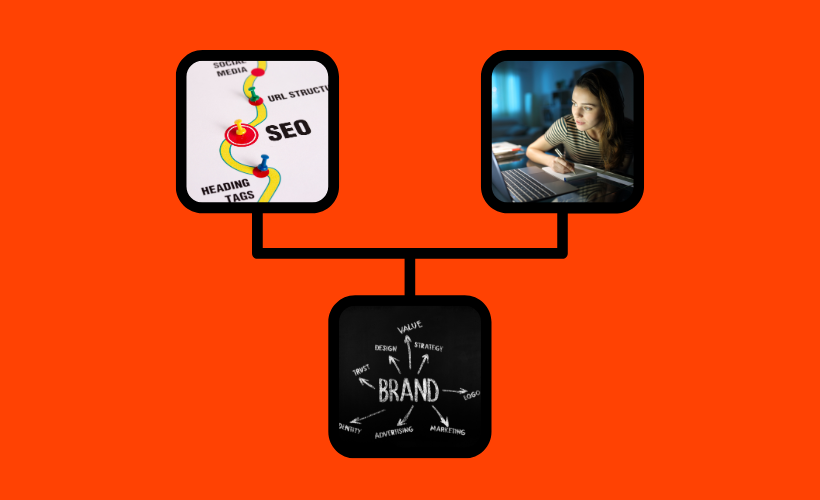
Now, I’m going to share the 3 main components of AI search optimization:
- Do regular SEO to maintain visibility.
- Optimize your content for clarity and relevance.
- Grow positive sentiment and mentions of your brand online.
1. Traditional SEO

Let’s begin with traditional SEO, which is the foundation of AI search optimization. If you want AI tools to recommend to you, strong SEO is still essential.
For example, if someone asks an AI platform for the best local dentist, it checks top-ranking sites. If your practice ranks well, you’re far more likely to be the one it recommends.
2. Content Structure

Now, I am going to tell you how to structure content so AI tools and your visitors love it.
- Page Structure: Keep your content easy to scan with short sentences and clear headings. For example, when someone visits your baby shop page in Los Angeles, they can quickly find “Top Strollers,” “Affordable Cribs,” and “Customer Reviews.”
- Intro Paragraph: Start with a clear summary at the top, so your visitors immediately know what’s important. For example, a bakery website says, “Here are the five best cupcakes in San Francisco based on taste tests and customer reviews.”
- Firsthand Experience: Share your personal knowledge or experience, so readers and AI tools can trust you, for example, by showing photos and reviews of baby carriers you’ve actually tested.
- Use Data: Include stats or proof that AI can’t generate on its own, like letting your customers know “Over 500 happy customers bought this stroller last month.”
- Mixed Content: Add videos, Q&A threads, or social posts to make your content richer, for example, a YouTube tutorial on assembling a crib or a Reddit thread reviewing local baby shops.
- Clarity & Updates: Keep your pages clean and updated often, so your visitors don’t get lost, like a travel backpack site with author info, concise top picks, and an easy layout.
- Build Trust: Use detailed research or expert notes to back your content, for example, an online toy shop sharing safety ratings, product comparisons, and expert tips.
- Highlight Key Points: Make it easy for people to see what matters first, like a cafe website showing menu highlights, best sellers, and customer favorites at the top.
3. Boost Your Brand Visibility with AI Search Optimization
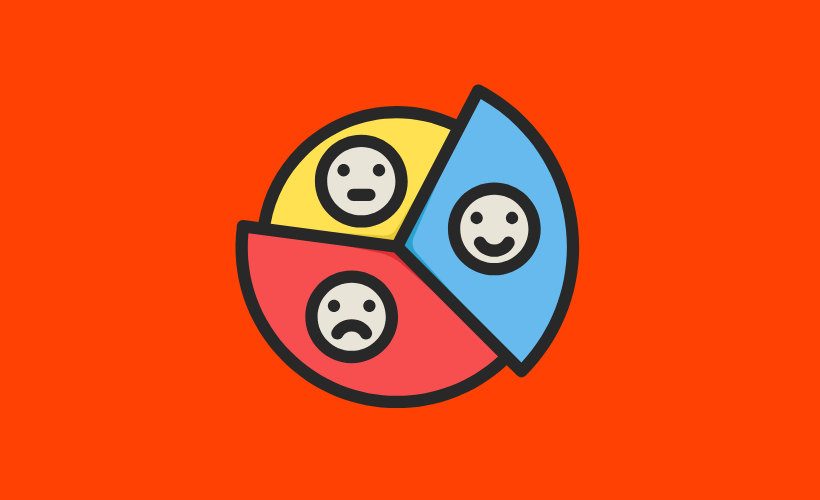
I am going to tell you how to make your brand more visible and recommended by AI tools like ChatGPT and Perplexity.
- AI Recommendations Depend on Multiple Sources: AI tools like ChatGPT, Perplexity, and others pull data from high-authority sites (e.g., Wired, NYAG, Laptop Mag), user-generated content (Reddit, Apple forums, YouTube), and e-commerce platforms (Amazon) to build their answers. For example, a local coffee roaster’s beans might be featured on food blogs, Reddit discussions, and Amazon reviews.
- Brand Mentions and Sentiment Matter: The more your brand is mentioned across the web, and the more positive the sentiment, the higher the chances AI will recommend it. For instance, a boutique pet store in Chicago benefits from consistent mentions highlighting its organic pet food and personalized customer service.
- High-Quality Content Boosts Visibility: Well-optimized websites with clear structure, concise summaries, and detailed reviews are more likely to be cited by AI. A small bookstore’s site with clear sections like “Staff Picks,” “New Arrivals,” and “Customer Favorites” can rank higher than a cluttered, generic site.
- Firsthand Experience Counts: Sharing real experiences and expert insights increases credibility. For example, a local gym showing videos of personal trainers testing workout equipment or a bakery providing tasting notes for pastries helps AI see the content as trustworthy.
- Highlight Key Features and Differentiators: Be explicit about what your brand is known for. A handmade furniture store could focus on durability and custom designs, instead of trying to compete on price alone. This helps AI tools build a coherent picture of your unique value.
- Leverage Digital PR for AI Recognition: Getting your products featured on review websites improves visibility. A specialty tea shop featured on lifestyle blogs and YouTube taste-test videos creates signals that AI can detect and recommend.
- Monitor AI Performance Differently from Traditional SEO: Unlike Google rankings, AI-generated answers vary each time. A local electronics store can use AI-specific toolkits (e.g., Semrush AI toolkit) to track brand mentions, sentiment, and market share across different AI platforms.
- Incorporate Diverse Content Types: Videos, Q&A threads, and forums are often cited. For example, a fashion boutique posting TikTok try-on videos or a Reddit thread reviewing local sneaker stores can increase AI visibility.
- Understand Strengths and Weaknesses: AI toolkits can highlight how your brand is perceived by different AI models. A vegan restaurant can discover that AI highlights sustainability and ingredient quality as strengths, while pricing is seen as a weakness. It allows the team to adjust messaging
Conclusion
AI search is changing the way brands are discovered online, relying on sentiment, mentions, and content quality. By understanding how these tools work, you can position your brand for better recommendations.
Creating high-quality, firsthand content and leveraging diverse sources helps AI recognize your products as trustworthy. This not only improves visibility but also builds credibility with potential customers.
Monitoring performance through AI-specific toolkits allows you to track sentiment, market share, and content gaps. Regular tweaks and updates ensure your brand stays relevant in this evolving landscape.
Adapting to AI search doesn’t replace SEO but complements it, giving your brand a competitive edge. Taking action now can lead to faster growth and stronger long-term results.
** FAQs **
1. How can my brand get recommended by AI?
You should focus on generating positive mentions, reviews, and consistent feedback across websites and social platforms. AI picks up on this information to determine which products to highlight to potential customers.
What kind of content does AI prefer to feature?
You should create clear, well-structured content that shows real experience, like tutorials, reviews, or demonstrations. Content that is thin or generic usually won’t be recognized or recommended.
3. Can I improve my visibility in AI search quickly?
You can increase your visibility by getting featured on authoritative websites, encouraging customer reviews, and producing diverse content such as videos, blogs, or social posts. Clear messaging about your brand’s strengths helps AI consistently recognize you.
4. How do I track my brand’s performance in AI tools?
You should use AI-specific toolkits like Semrush to monitor mentions, sentiment, and competitor comparison. These insights allow you to tweak content and messaging so AI continues recommending your brand effectively.
5. Will AI search replace traditional SEO?
You don’t need to worry. SEO is still essential, but optimizing for AI search helps you capture attention, drive branded traffic, and improve recommendations, complementing your existing SEO strategy.

